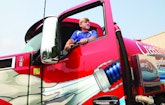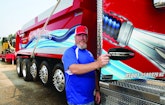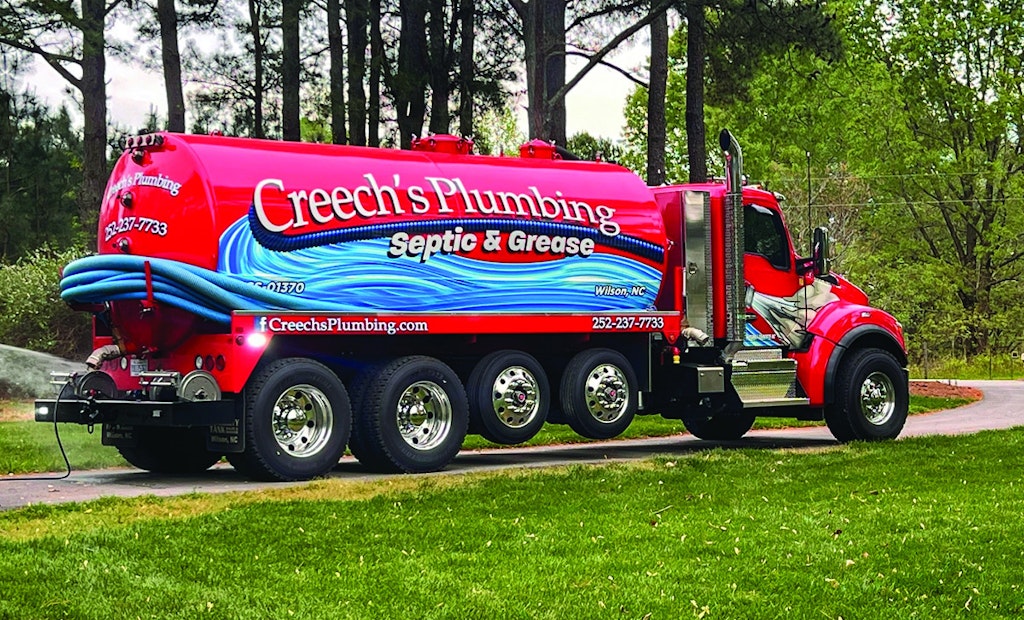When told his truck was named the 2023 Classy Truck of the Year, Stacy Creech couldn’t help but chuckle reflecting on how much septic service trucks have changed since his parents bought a 1987 Ford F-700 in 1987, paying $36,000. The stakes are much higher now as Creech spent...
Stacy Creech Worked With a Local Builder to Design a Do-It-All Septic Rig
The 2023 Classy Truck of the Year was custom-built to tackle tough septic service tasks. And it’s pretty, too!
Popular Stories
Discussion
Comments on this site are submitted by users and are not endorsed by nor do they reflect the views or opinions of COLE Publishing, Inc. Comments are moderated before being posted.










